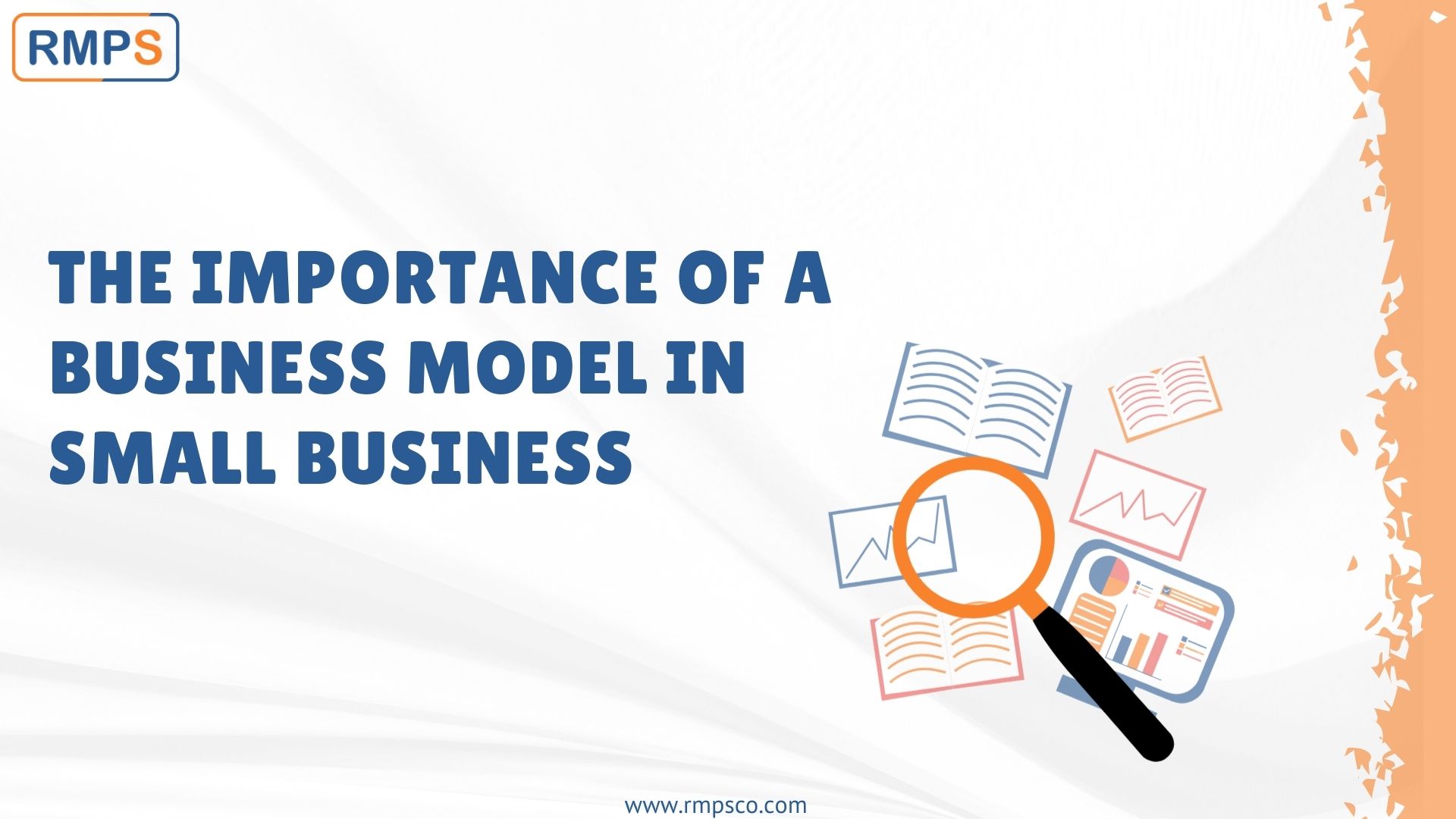
In the world of small businesses, having a clear business model is crucial. A model acts as a blueprint, guiding how your business operates and grows. It is a plan that outlines how your company creates, delivers, and makes money from its products or services. It includes details about your customers, how you will reach them, how you will generate revenue, and what resources and activities are needed to run your businesses. This blog will explain why a business model is essential for small businesses and how it can help you succeed.
Why is a Business Model Important for Small Businesses?
1. Clarifies Your Value Proposition
A business model helps you clearly define what makes your product or service unique. This is known as your value proposition. When you know what sets you apart, it’s easier to attract and keep customers. Your value proposition is what convinces customers that your product or service is better than your competitors. It’s what makes your business special. For example, if you offer personalized customer service or unique product features, your value proposition should highlight these aspects to attract customers.
2. Identifies Target Customers
Knowing who your customers are is key. A business model helps you identify and understand your target customers. This allows you to focus your marketing and sales efforts on those most likely to buy from you. By defining your target audience, you can tailor your marketing strategies to meet their needs and preferences, leading to higher customer satisfaction and increased sales.
3. Streamlines Operations
A good business model outlines the key activities, resources, and partnerships needed to deliver value to your customers. This helps you run your business more efficiently, ensuring everything works smoothly. Streamlined operations mean that you can deliver your products or services more effectively, reducing costs and improving customer satisfaction. For instance, identifying key suppliers and partners can help ensure a steady supply chain, while defining essential activities can help optimize your workflow.
4. Enhances Financial Planning
Your business model will detail how you make money and what your major costs are. This information is crucial for budgeting and financial planning, helping you manage your finances better and increase profitability. By understanding your revenue streams and cost structure, you can make informed financial decisions that support your goals. For example, you can identify which products or services generate the most revenue and focus on promoting them, or you can find ways to reduce operational costs to improve your profit margins.
5. Facilitates Strategic Decision-Making
With a business model in place, you can make better decisions about the future. It provides a framework for evaluating new opportunities and assessing risks, guiding you toward growth and success. Strategic decision-making involves looking at the big picture and making choices that align with your long-term goals. For example, if you’re considering expanding into a new market, your business model can help you assess whether this move aligns with your overall strategy and whether it’s likely to be profitable.
6. Attracts Investors and Partners
Investors and partners want to see a clear plan for how your business will succeed. A solid model demonstrates that you have thought through your strategy and are prepared for growth, making it easier to attract investment and partnerships. When seeking funding or forming strategic alliances, a well-developed model can showcase your business’s potential and credibility. Investors are more likely to support a business that has a clear path to profitability and growth, and partners are more likely to collaborate with who has a defined strategy and vision.
7. Adapts to Market Changes
The business world is always changing, and your business model needs to be flexible. A good model allows you to adjust your strategies in response to market changes, customer preferences, and new trends, keeping your business competitive. Adaptability is crucial for long-term success. By regularly reviewing and updating your business’s model, you can stay ahead of industry trends and respond to changes in the market, such as new technologies or shifts in consumer behavior.
Key Components of a Small Business Model
Value Proposition: What makes your product or service unique and valuable to customers?
Customer Segments: Who are your target customers?
Revenue Streams: How will your business make money?
Cost Structure: What are the major costs involved in running your business?
Key Activities: What critical activities are needed to deliver your value proposition?
Key Resources: Which resources (people, money, materials) are essential for your business?
Partnerships: Who are your key partners and suppliers?
Conclusion
In conclusion, a clear model is essential for small businesses. It provides a roadmap that guides your operations, helps you make better decisions, and drives growth. By defining your value proposition, identifying your target customers, and streamlining your operations, you can position your small business for success. As a small business owner, make sure your business model aligns with your vision and goals to ensure your business thrives.
Subscribe Our Newsletter : bmX – Subscribe on LinkedIn
This article is only a knowledge-sharing initiative and is based on the Relevant Provisions as applicable and as per the information existing at the time of the preparation. In no event, RMPS & Co. or the Author or any other persons be liable for any direct and indirect result from this Article or any inadvertent omission of the provisions, update, etc if any.
Published on: June 20, 2024

I admire your commitment to excellence.
Thank you so much, Your words means a lot to us!
Thank you so much!